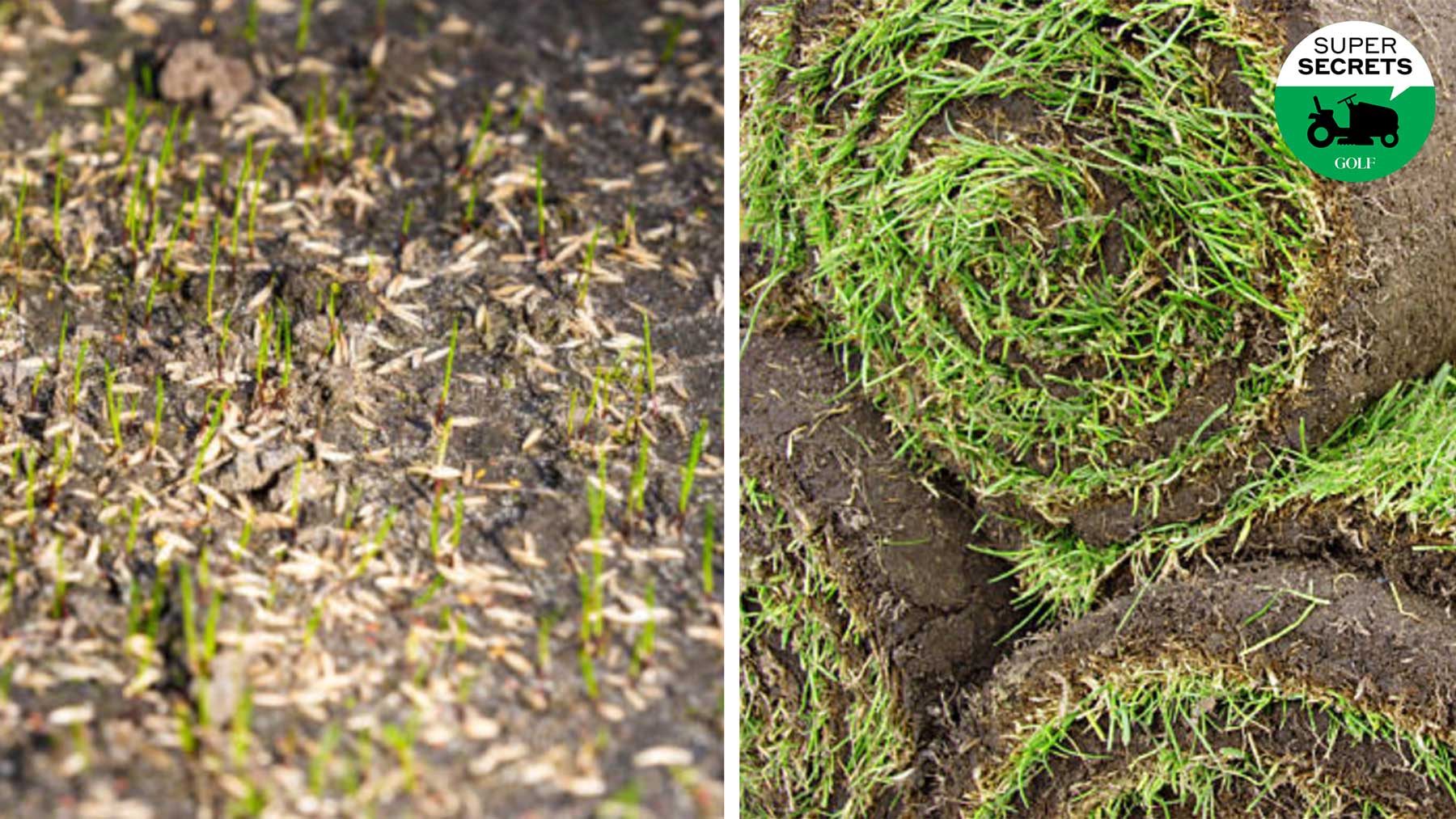A bare patch on your lawn is like a bald spot on your head: every instinct tells you to get it covered. For your head, there are pills, creams, comb-overs and caps. For your lawn, the choice is simpler. You can seed or sod.
But with cold weather approaching in much of the country, is it too late for either?
We asked a pair of turf-care experts for their insights.
1. Sod, Not Seed
Seeding is not unheard of at this time of year, but it’s not ideal in cooler regions of the country, says David Phipps, northwest regional representative for the Golf Course Superintendents Association of America (GCSAA). “There’s a point in the fall at which seeding won’t be optimum,” Phipps says. In northern climes, he says, that cutoff is usually the end of September. “If you seed after that date, you run the risk of an early winter and a thin stand of grass,” Phipps says. Ideally, he notes, “you should act before September 15.”
2. Turf-laying tips, Part 1
So, it’s settled: a toupee it is! You’re still going to want to do some prep, says Terry Buchen, former superintendent at Riviera and a longtime GCSAA member. For starters, give the soil a healthy soaking; a good hand-watering should do the trick. It will help the soils in the ground mesh with the soils on the sod. You’ll also want to rake a granular fertilizer into the top half-inch of the soil to encourage faster rooting. The benefits will carry over into the spring as well.
3. Turf-laying tips, Part 2
If you’re laying sod on a hill, stabilize it with wire staples, which are available at hardware stores. They’ll keep the sod from sliding in heavy rains or melting show.
4. Turf-laying tips, Part 3
If the bare patch is smaller than the patch of sod you’re using, Phipps has this suggestion for getting things to fit: lay the sod over the bare patch, and with the sharp point of a shovel, cut an outline in the sod that matches the dimensions of the bare patch. Remove any lingering dead grass within the cut line, then lay down the sod cutout. You should have a perfect fit.
5. Water throughout the winter
As the cold sets in, your newly laid sod will go dormant, like the rest of your lawn. Don’t be alarmed. That’s natural. But even in hibernation, that sod will need something to drink. Buchen recommends periodic hand-watering throughout the winter to guard against desiccation, a common problem when dry seasonal winds kick up and there is little to no snow cover to protect the grass.
